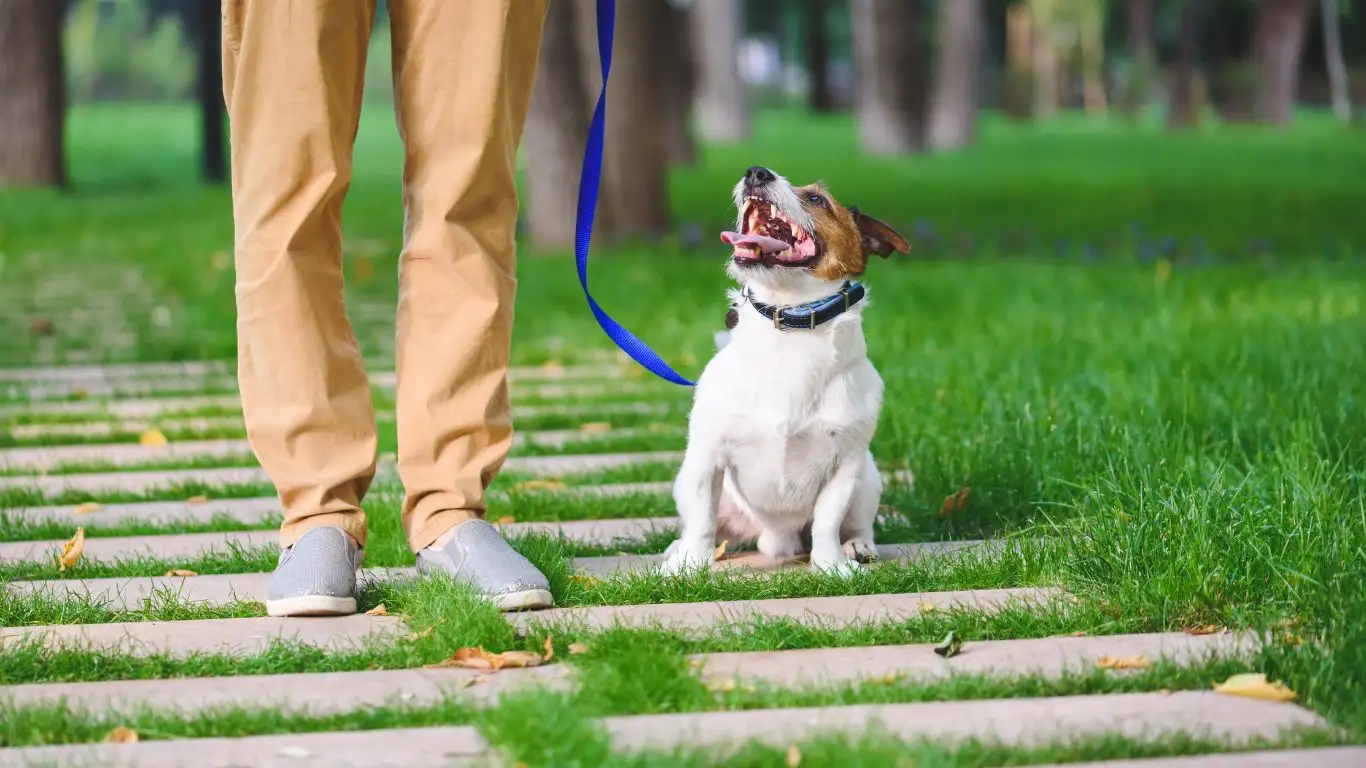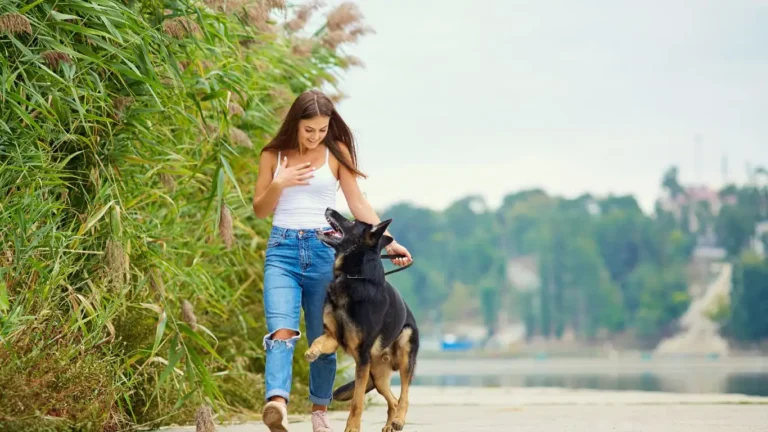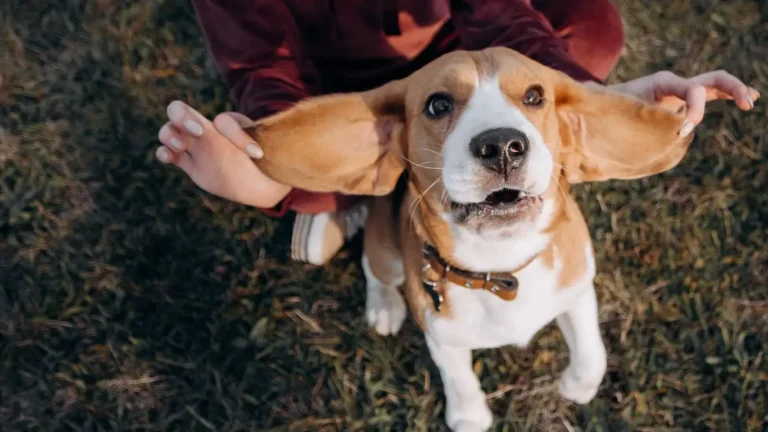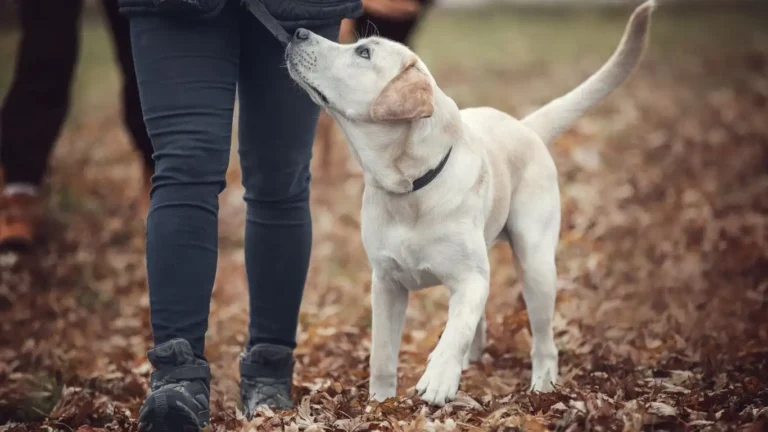How to Train a Dog to Stay in a Designated Area: Proven Tips for Success
Training a dog to stay in a designated area is an essential skill that can significantly improve both your and your dog’s quality of life. Whether you’re teaching your dog to stay in a crate, on a mat, or in a particular room, the process can strengthen their obedience, improve safety, and provide structure. Through my experience as a Canine-Assisted Therapy Trainer, I’ve found that this is one of the foundational skills that pet owners can teach their dogs to promote calmness, good behavior, and security.
In this guide, we will break down how to train a dog to stay in a designated area with clear, simple steps, using methods that have worked for countless dogs I’ve worked with. Let’s dive right in!
Why Training Your Dog to Stay in a Designated Area Is Crucial
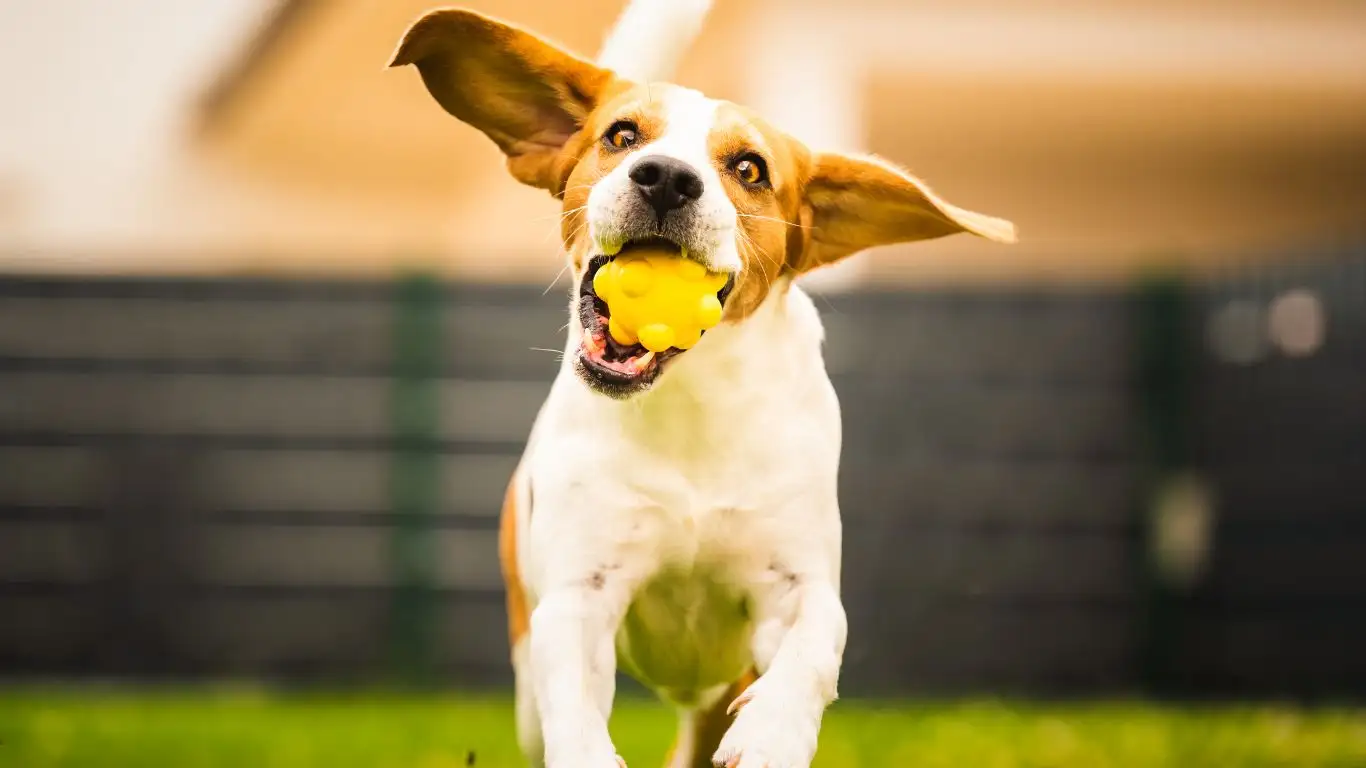
Training your dog to stay in a designated area is not only about maintaining order in your home but also about promoting safety and comfort for your pet. In my experience as a therapy trainer, I’ve seen firsthand how well this kind of training can help dogs manage their impulses, reduce stress, and feel secure. Whether it’s preventing your dog from running out the door when guests arrive or helping them feel calm during stressful situations, teaching your dog to stay in a specific spot offers multiple benefits for both you and your furry friend.
Control over the environment: Dogs are naturally curious creatures, and they often find it hard to resist exploring, especially when they’re left unsupervised. Having a designated area for your dog to stay in ensures they are safe, secure, and not in harm’s way. This is particularly useful in homes with children or in busy environments where you need to keep the dog away from distractions or danger.
Improved behavior: When your dog learns to stay in a specific area, they begin to understand boundaries, which helps curb undesirable behaviors like jumping on people or chewing on furniture. It creates a sense of discipline and improves their self-control.
Getting Started: Setting Up the Right Environment for Training
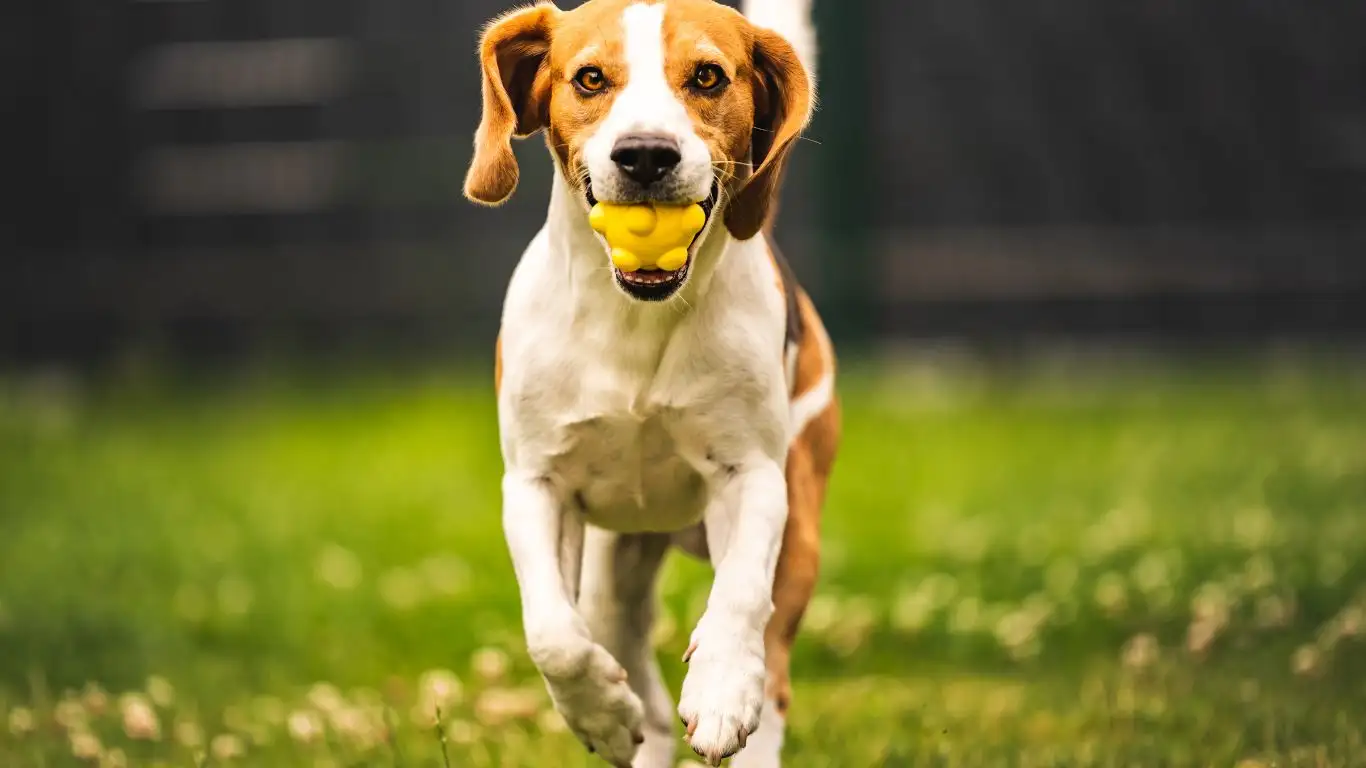
Before you begin the training, it’s important to create a designated area where your dog will learn to stay. Whether it’s a mat, a bed, or a crate, it should be a safe and comfortable place for your dog. If the area isn’t inviting or secure, it will be more difficult for your dog to settle and stay there.
Choosing the Right Space
When choosing a designated area, consider the following:
- Comfort: Make sure the area is cozy and inviting, whether it’s a soft mat, a bed, or even a playpen. Your dog needs to feel comfortable there to stay.
- Safety: Ensure that the area is free from hazards or distractions that might draw your dog out of the spot. A quiet, low-traffic area is often ideal.
- Consistency: Choose a space that you can consistently use for training. It shouldn’t be a place your dog is constantly moved in and out of, or they might get confused about the rules.
One tip I always share with my clients is to use positive reinforcement when your dog spends time in the designated area. If your dog associates the space with good things, like treats, attention, or toys, they’ll be more likely to stay there willingly.
The Initial Training Steps: Teaching Your Dog the Basics
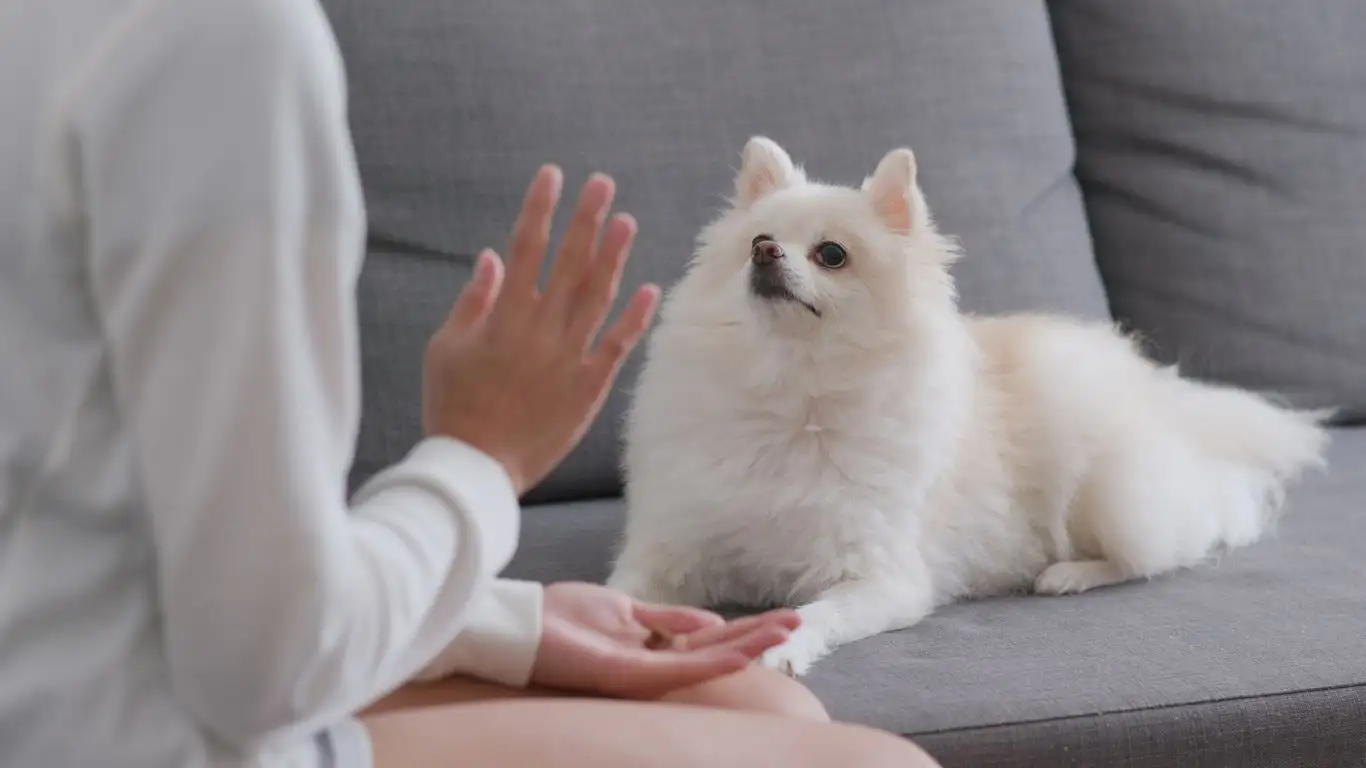
Now that you’ve set up the perfect environment, it’s time to start teaching your dog to stay in that area. The key here is patience and consistency. It’s important not to rush the process, as every dog learns at their own pace.
Step 1: Introduce Your Dog to the Area
Start by guiding your dog to the designated area using a treat or a toy. Make sure you stay calm and encouraging. Some dogs may immediately go to their spot, while others may need a little extra motivation. If your dog seems confused, don’t worry—simply lead them there gently and let them get familiar with the space. Once they’re in the area, praise them! This positive reinforcement will help them associate the spot with good things.
Step 2: Use the “Stay” Command
Once your dog is comfortably in the designated area, it’s time to introduce the “stay” command. I find that consistency with this command is key. When your dog is sitting or lying in the area, use a calm and firm voice to say, “Stay.” Hold your hand up in front of you like a stop signal. Initially, you might only want to ask them to stay for a few seconds. When they remain in place, praise them with a treat or affection. Repeat this several times.
Over time, you can gradually increase the duration of the stay, as well as the distance between you and the dog. I always remind clients to be patient—dogs learn at their own pace, and rushing through steps can confuse them.
Step 3: Reward and Reinforce
Positive reinforcement is vital during this process. Each time your dog remains in the designated area for the desired amount of time, reward them immediately. Rewards can include treats, praise, or even a favorite toy. The key is to make staying in that area a positive experience for your dog. This encourages them to repeat the behavior on their own without needing constant direction from you.
As a Canine-Assisted Therapy Trainer, I’ve seen time and time again how these small, consistent steps lead to big successes. Training a dog to stay in a designated area can be a game-changer, not just for your dog’s behavior, but for the harmony of your household. In the next section, we’ll dive deeper into troubleshooting common challenges and keeping the training consistent!
Common Challenges in Training Your Dog to Stay in a Designated Area
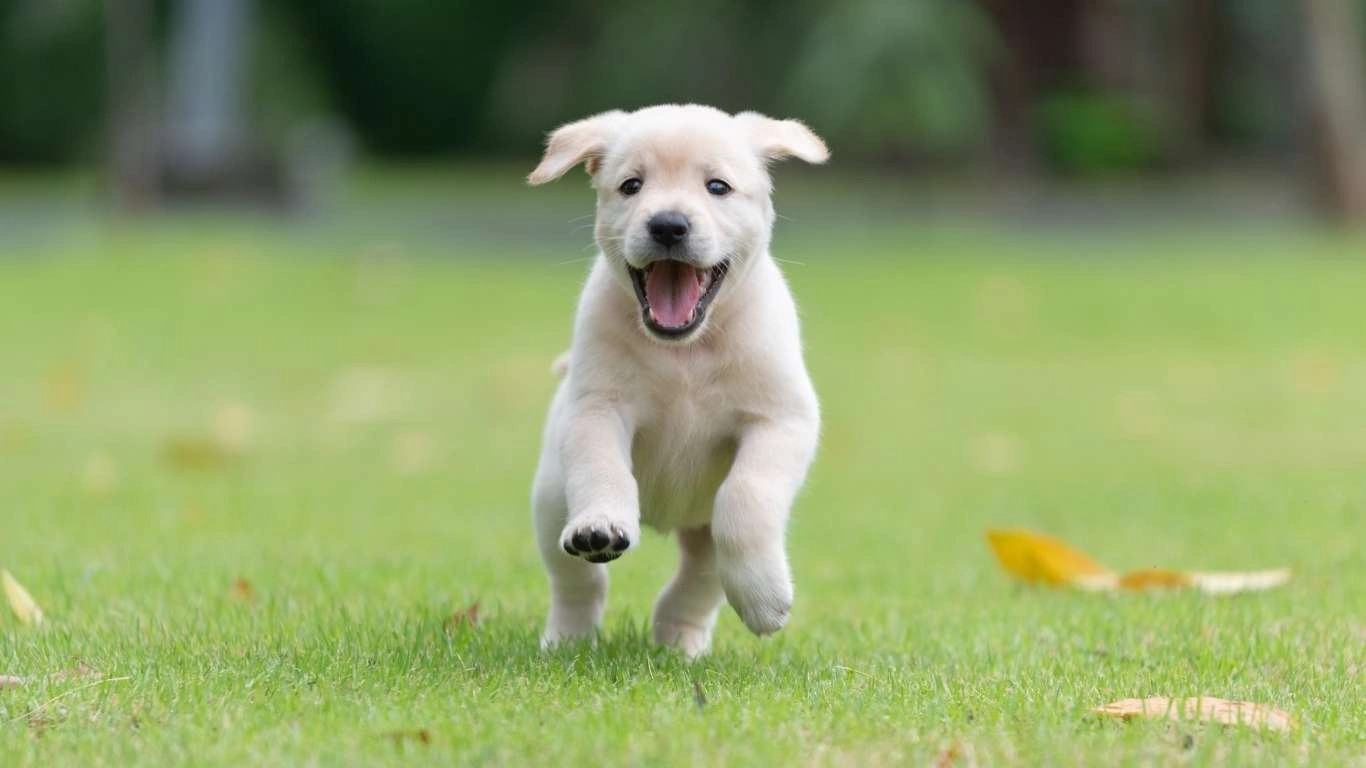
As with any dog training, teaching your dog to stay in a designated area can come with its fair share of challenges. Some dogs catch on quickly, while others may need a bit more patience and consistency. In my years of experience, I’ve encountered a variety of hurdles that dog owners face when training their pets, but don’t worry—every challenge can be overcome with the right approach and mindset. Here’s how you can troubleshoot common issues that might pop up during your training process.
1. Your Dog Doesn’t Stay in the Area
One of the most common frustrations for dog owners is when their dog doesn’t stay in the designated area. It’s important to remember that training takes time, and some dogs may struggle with impulse control, especially when they are first learning the concept of boundaries. In my experience, consistency is key. If your dog is getting up frequently, it could be because they haven’t yet understood the rule, or the designated area isn’t appealing enough.
Here’s how to address this:
- Be consistent with commands: Every time your dog gets up, gently lead them back to the spot and calmly issue the “stay” command again. It’s crucial to reinforce the behavior by repeating the process every time they break the stay.
- Increase motivation: If your dog is easily distracted, try making the designated area more appealing. Use a favorite toy or bed, or incorporate high-value treats to make the space more enjoyable.
- Limit distractions: Training in a quiet, distraction-free environment helps your dog focus. Over time, you can slowly increase the level of distraction as your dog gets better at staying in place.
2. Your Dog Seems Anxious in the Designated Area
If your dog seems anxious or uncomfortable staying in the designated area, it could be because they associate the space with something negative or they simply don’t feel secure there. This is something I’ve encountered with therapy dogs, particularly those who may have had prior negative experiences in confined spaces.
To ease your dog’s anxiety:
- Make the space positive: You should never use the designated area as a form of punishment. Instead, make it a place where your dog enjoys spending time. Give them treats, praise, and even let them play with a toy in that spot to create a positive association.
- Start small: Don’t expect your dog to stay there for long periods right away. Begin with short sessions and gradually build up the time they stay in the area. This helps prevent overwhelming them.
- Provide comfort: Use comfortable bedding or a favorite blanket in the designated area. Dogs need to feel safe and cozy, so adding these touches can help them feel more at ease.
Gradually Increasing the Time and Distance
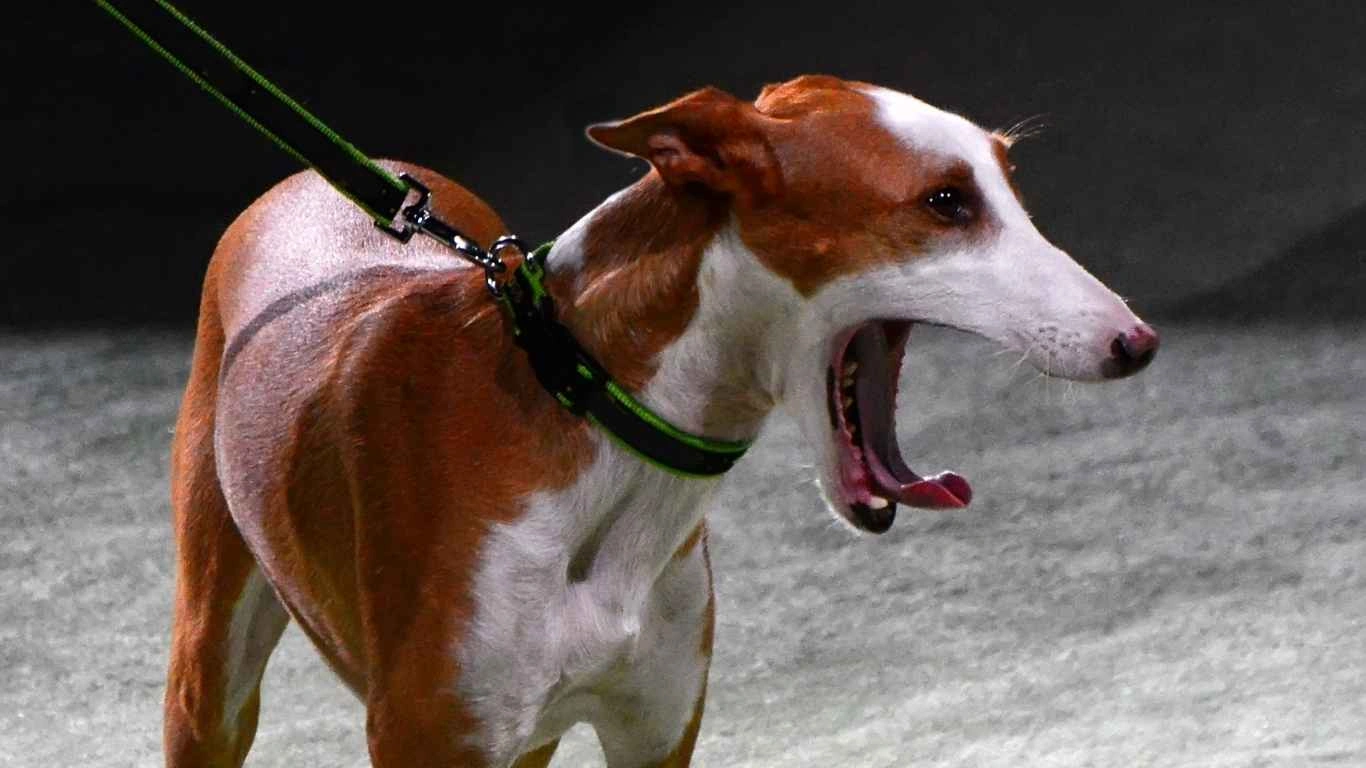
Once your dog is consistently staying in the designated area for short periods, the next step is to increase both the duration and distance gradually. This is when you’ll see real progress in your dog’s training. By slowly adding time and space, you’re teaching your dog that they can stay in the area for longer periods, even when you’re not right next to them.
Step 1: Increasing Time
When you first start training, your dog may only be able to stay in the area for a few seconds or minutes. As they become more comfortable, you can gradually lengthen the amount of time they stay in place. Don’t try to add too much time too quickly, though—doing so can lead to frustration for both you and your dog.
In my experience, I recommend adding a few seconds to each session every time you train. If you increase the time too dramatically, it may overwhelm your dog, and they may break the stay or become anxious. Stay patient, and remember that dogs learn at their own pace.
Step 2: Increasing Distance
Once your dog is staying in the designated area for longer periods, it’s time to increase the distance. This step is vital because it helps your dog learn that they should stay in their designated spot even if you’re not right next to them.
Start by taking a few steps away from your dog while they are in their spot. If they stay, reward them with a treat or praise. Gradually increase the distance over time. If your dog gets up before you return, gently guide them back to their spot and try again. Be sure to keep sessions short and positive to avoid confusion.
Step 3: Adding Distractions
Once your dog is comfortable staying in the designated area for an extended period and at a distance, you can introduce mild distractions to see how well they’re holding their stay. This step is important because it simulates real-world scenarios where your dog might need to stay in a spot even if something else is going on around them.
Start with minor distractions, such as moving around in the room or making a soft noise. Gradually work up to more significant distractions, such as having someone else walk by or even introducing other pets into the environment. Always reward your dog when they stay in place despite the distractions, and be patient as they learn to remain focused.
Building Reliability: Maintaining Consistency and Patience
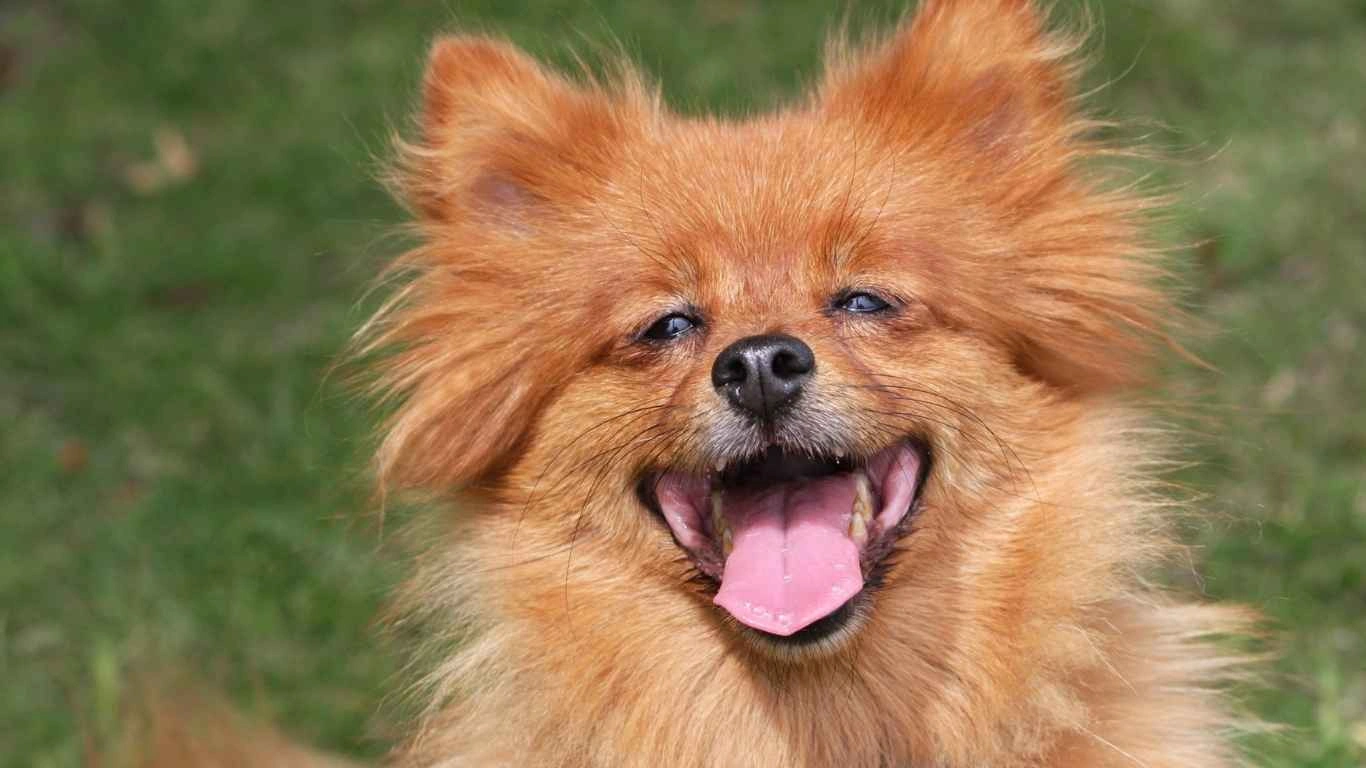
One of the most important aspects of training is maintaining consistency. If you want your dog to reliably stay in the designated area, you need to stick to the training routine and reinforce the behavior regularly. Dogs thrive on consistency, and they’ll learn much faster when they know what to expect from you.
Stay Consistent with Commands
Use the same commands, hand signals, and routines every time you ask your dog to stay in the designated area. If you switch up commands or change your approach too often, it can confuse your dog and slow down the training process. Consistency is key to building trust and understanding with your dog.
Keep Training Sessions Short and Positive
Training should always be a fun and rewarding experience for your dog. Keep training sessions short—about 10 to 15 minutes at a time—and end on a positive note. If you push your dog too hard, they may become frustrated or lose interest, so it’s important to keep things light and enjoyable.
As you continue to train, remember that patience and consistency are the ultimate tools in your arsenal. With time, your dog will begin to understand and reliably stay in the designated area, allowing you to enjoy a peaceful and organized home.
Maintaining Long-Term Success: Ensuring Your Dog Stays in the Designated Area
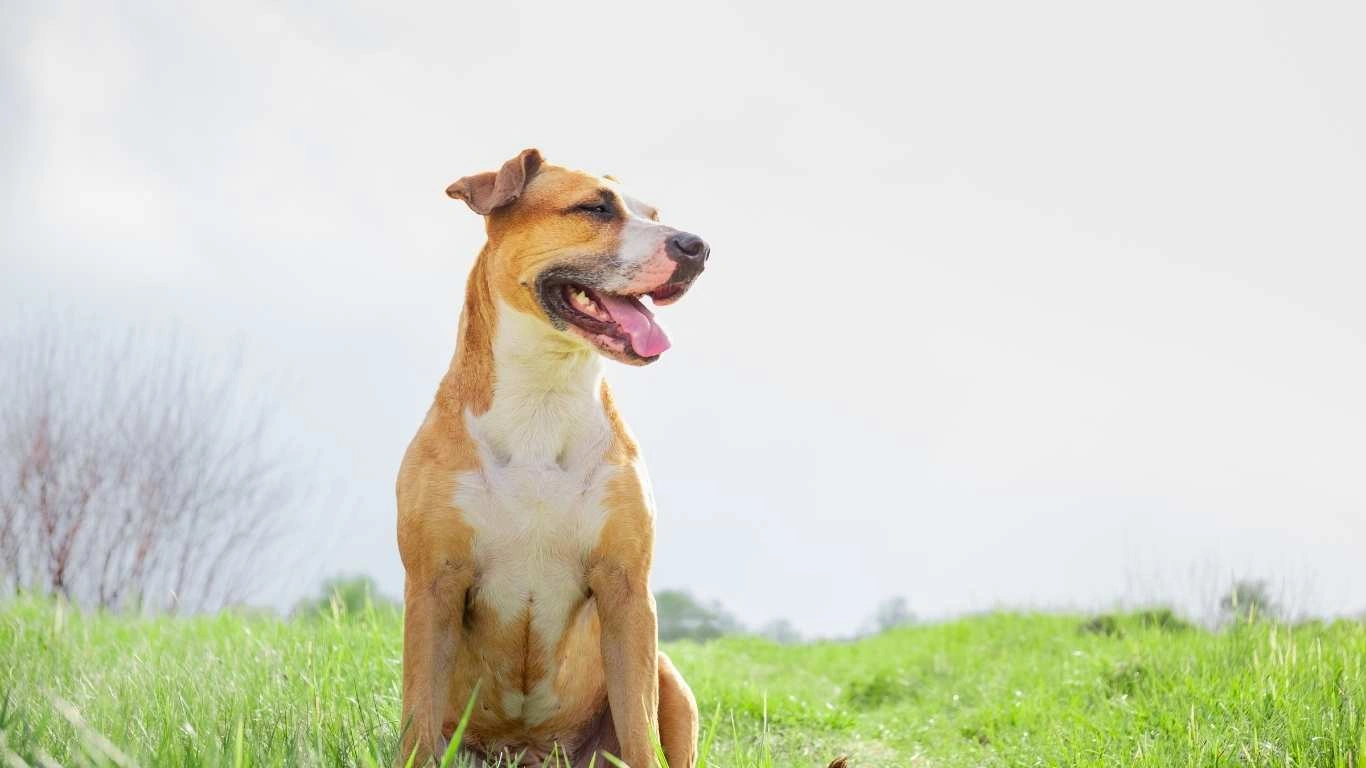
By now, your dog is probably getting the hang of staying in their designated area, but as with all training, the key to long-term success lies in maintenance. It’s easy to let things slip once you think your dog has mastered the skill, but consistency and reinforcement are essential to ensuring your dog doesn’t forget the boundaries they’ve learned. In this section, I’ll share some of the strategies I’ve used to ensure long-term success with canine clients and how you can continue to improve your dog’s ability to stay in their designated area.
1. Reinforce Regularly, Even After Mastery
Even after your dog has learned the “stay” command and can reliably stay in their designated area, it’s essential to continue reinforcing the behavior. Regular practice helps keep the behavior fresh in their mind and strengthens the bond between you and your dog. You don’t need to do long sessions—just a few minutes every day can go a long way. I always recommend doing a quick refresher session in the morning before heading out for the day or in the evening when winding down.
One effective method I’ve used with therapy dogs and even my personal pets is rewarding them intermittently during training sessions. Sometimes I’ll reward them right away, and other times I’ll wait a few moments before offering a treat or praise. This keeps the dog on their toes, which can actually strengthen the behavior over time.
2. Make the Designated Area Part of Their Routine
Incorporating the designated area into your dog’s daily routine helps maintain the behavior. Dogs thrive on routines, and they find comfort in knowing what to expect each day. If your dog’s designated area is part of their routine, they’ll be more likely to stay there without being prompted. For example, I’ve found that dogs who have specific routines for meals, rest, and play are much more likely to understand that their designated area is part of those routines.
For example, if your dog gets a treat or a special toy when they go to their designated spot, it becomes something they look forward to. Over time, this creates a positive association with staying in the area. Just like humans, dogs appreciate consistency, and the more your dog stays in their area as part of their everyday routine, the more naturally they’ll gravitate towards it.
3. Using the Designated Area for Rest and Relaxation
One of the best ways to ensure your dog remains calm and comfortable in their designated area is by using it as a space for rest and relaxation. When dogs have a quiet place where they can retreat and feel safe, they are more likely to stay there willingly. In my experience working with dogs that need therapy or comfort, I’ve seen firsthand how having a designated area can provide them with a sense of security.
If your dog has a comfortable, cozy bed or mat in their designated area, they’ll be more likely to stay there for long periods without becoming anxious or restless. Make the space inviting by adding their favorite toys, a blanket, or even a piece of your clothing with your scent. This makes the area more personal and comforting, which can increase their desire to stay in the area on their own.
Dealing with Setbacks: What to Do When Your Dog Breaks the Stay

While training your dog to stay in a designated area is an ongoing process, there will inevitably be setbacks along the way. It’s important to understand that these setbacks are a normal part of the training process. Dogs may occasionally test their boundaries, especially if they haven’t been consistently reinforced. In these cases, it’s important not to get frustrated with your dog. Remember that training takes time, and setbacks are just an opportunity for growth!
1. Don’t Punish the Behavior
One of the most important things I’ve learned throughout my years of training is to avoid punishment. If your dog breaks the stay and leaves their designated area, don’t yell, scold, or physically punish them. This can confuse your dog and harm your relationship with them. Instead, calmly guide your dog back to the designated spot and repeat the “stay” command.
In my experience, I’ve found that positive reinforcement works far better than punishment. When your dog stays in their designated area, praise them and reward them generously. Over time, they’ll associate the stay with positive outcomes and will be more likely to repeat the behavior.
2. Revisit the Training Steps
If your dog is consistently breaking the stay, it may be time to revisit the earlier steps of training. This isn’t a failure—it’s simply a sign that you need to reinforce the basics. Go back to the point where your dog was successful and start from there. If you need to break the training down into smaller steps, do so. Sometimes slowing down and reintroducing concepts helps solidify your dog’s understanding of the behavior.
Additionally, you may want to increase the frequency of practice sessions. It’s essential to maintain a balance between practice and rest, but if your dog is struggling, more frequent, shorter training sessions can help them stay engaged and better understand what’s expected of them.
References and Resources
Training your dog to stay in a designated area is a long-term commitment that can yield fantastic results. To help you along the way, here are some resources you might find helpful:
- Dog Training Resources – For more tips on dog training and behavior modification.
- American Kennel Club (AKC) – Offers a variety of training tips and resources for dog owners.
- Cesar’s Way – Expert advice from renowned dog trainer Cesar Millan.
These resources offer expert advice and additional techniques that can be valuable in your training journey. The more you learn, the better equipped you’ll be to ensure your dog is comfortable and obedient in their designated area.
Disclaimer
Please note that while this guide offers general advice based on my personal experience as a Canine-Assisted Therapy Trainer, every dog is different. What works for one dog may not work for another. Always monitor your dog’s progress and adjust training methods to suit their personality, temperament, and specific needs. If you encounter significant behavioral issues, it’s always a good idea to consult a professional dog trainer or veterinarian for guidance.
Training is a journey, not a destination. Keep at it, stay consistent, and most importantly, enjoy the process with your dog. With the right approach, you’ll soon see amazing results as your dog learns to stay in their designated area, creating a more harmonious and enjoyable environment for both of you!
